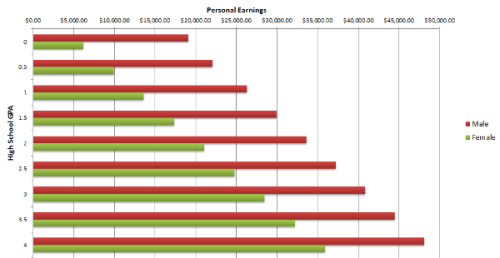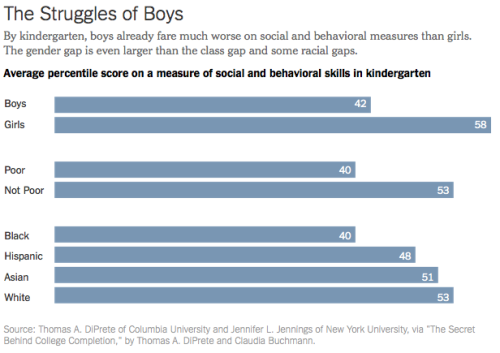The federal government has issued new rules aimed at eliminating systemic gender bias in medical research. It’s no longer enough for scientists testing drugs and doing other kinds of research to include women in clinical studies at the end of the process, the National Institutes of Health says. From now on, scientists must begin using female subjects in their very first laboratory experiments — including female animals and female-derived cells.
newyorktimesofficialexplains:
Researchers [have often] avoided using female animals for fear that their reproductive cycles and hormone fluctuations would confound the results of delicately calibrated experiments.
That laboratory tradition has had enormous consequences for women. Name a new drug or treatment, and odds are researchers know far more about its effect on men than on women.
It’s been 25 years or so since gender bias in medical studies emerged as a major women’s health issue. Women now make up more than half the participants in government-funded clinical research, but they are still often underrepresented in clinical trials carried out by private companies.
Partly as a result, women experience more severe side effects from new treatments, studies have shown.
Yet clinical studies are just the last stage of the lengthy process of developing drugs and medical devices. And even in NIH-funded studies, female subjects continue to be hugely underrepresented in earlier stages of lab research, Roni Caryn Rabin reports.
Bias in mammalian test subjects was evident in eight of 10 scientific disciplines in an analysis of published research conducted by Irving Zucker, a professor of psychology and integrative biology at the University of California, Berkeley. The most lopsided was neuroscience, where single-sex studies of male animals outnumbered those of females by 5.5 to 1.
Even when researchers study diseases that are more prevalent in women — including anxiety, depression, thyroid disease and multiple sclerosis — they often rely on male animals, Zucker has found.
(photo via Wikipedia)
Post link





